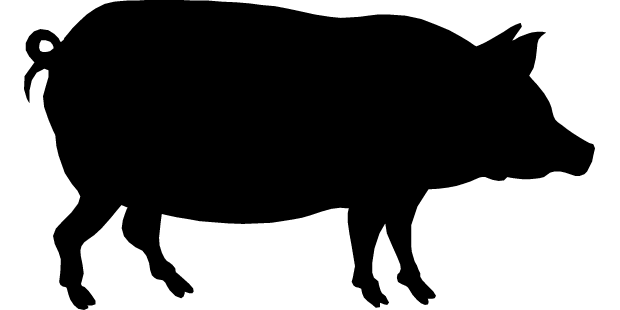Taking the Fear Away From Eating Seafood
Posted: May 26, 2013 Filed under: Uncategorized Leave a commentLet’s face it- there just aren’t enough fish eaters out there compared to land animal eaters. People still have a fear of eating seafood, especially unfamiliar varieties. I came from a generation (born in the 8o’s) where there just wasn’t alot of fresh fish options available to the average class consumer, especially in my land-locked community. The grocery store salmon, cod, shrimp or crab was dull, not fresh, probably previously frozen and probably not even from this country. I grew up turning up my nose at fish because it tasted ‘too fishy’ as I’m sure most of us did. But this is what I thought all fish tasted like.
As we saw and became more exposed to how factory farms were treating animals we began to care more about making the right decisions when it came to what meat we ate. We are investing time into heritage breeds, free range, humanely treated, and nose to tail eating now. Fish, however still has some catching up to do. We are and continue to be reminded that fish is a threatened food source. Decades of pressure from overfishing has put this wild food source at risk. However, there are a ton of small fisherman and fisheries out there that are doing the right thing and are deemed sustainable. Why don’t we hear about them more than we hear about the problems? Well, because they are just the small guys, big ocean.
It’s a no brainer to agree that, like meat, we need to support the endeavors of local fisherman and sources. We as chefs, artisans, retailers, educators, or just ‘foodies’ need to help take the fear away about eating fish. I started my exploration (now obsession) with this very. Not just the salmons, cods, shrimp, but the lesser known species, the ‘heritage’ or forgotten species so to say of the ocean. Fish like Tilefish, Mackerel, Porgy, Wreckbass or Hake are all examples of fish that a good chunk of us just don’t know anything about.
How do we start? With stories. Nothing sells food more today than knowing how it came to be, how it came into your arms to sell, to cook or to eat. Where was the fish caught? What fishing method was used? Whats the name of the fisherman’s boat? What kind of clothes does the fisherman wear? These are all questions that people gleam about when talking about food selling points. Sometimes it’s not about the steak or fish fillet on the plate, It’s the story of how it came to be.
Today when I go to a restaurant or a market, I judge them overall on the fish they offer. Great local, sustainable and interesting fish can be obtained anywhere these days regardless of your geographic relevance to the ocean. The restaurants that continue to ‘hide’ the fish by offering poorly farmed options or imported don’t really do it for me. However, when I see more exotic names of fish on a menu I am rest assured that there is a chef in the kitchen that is passionate about helping revive the overall perception of seafood through educating his customers and telling a story.


